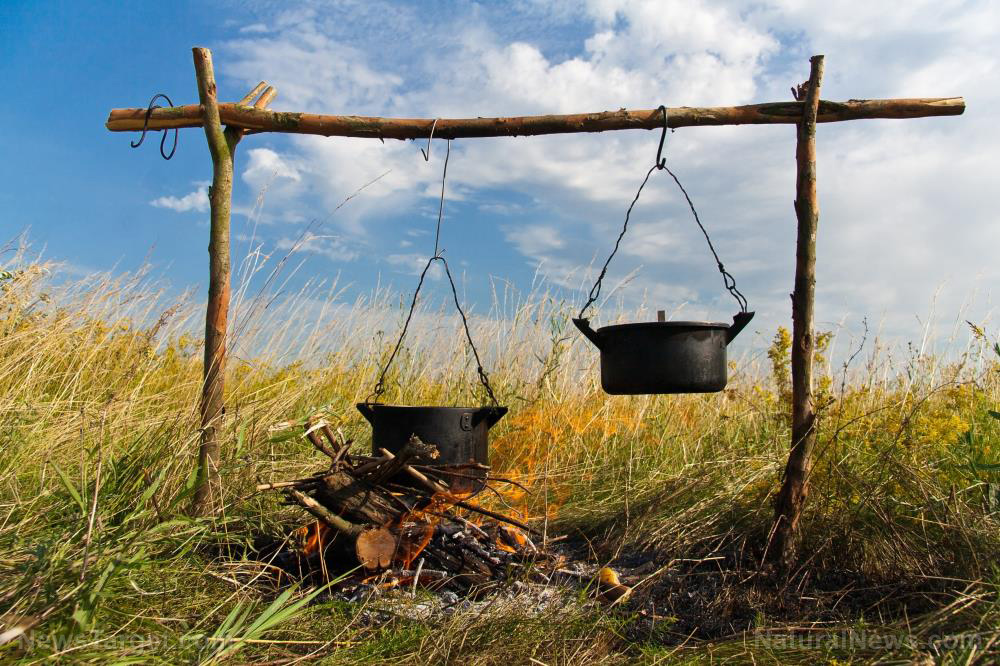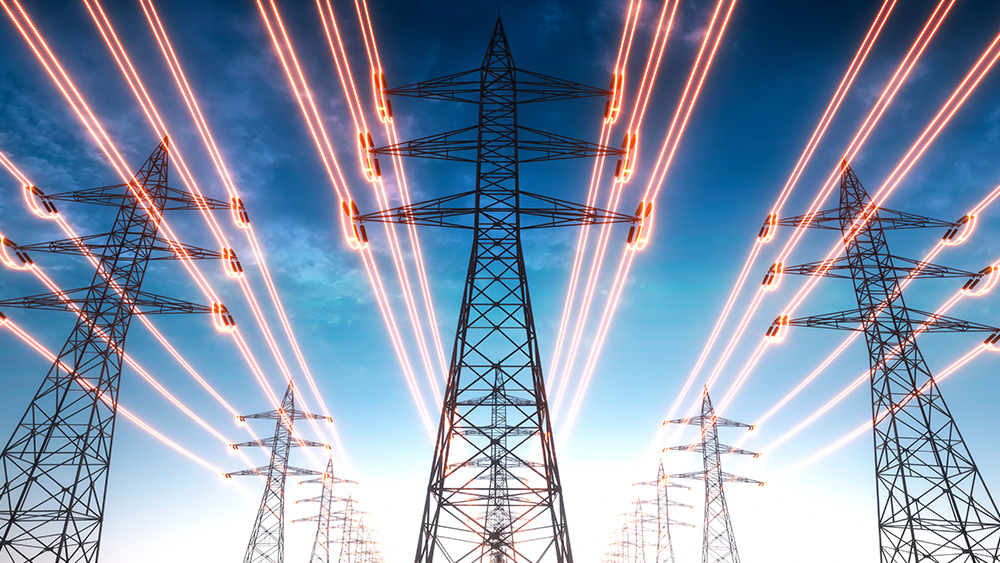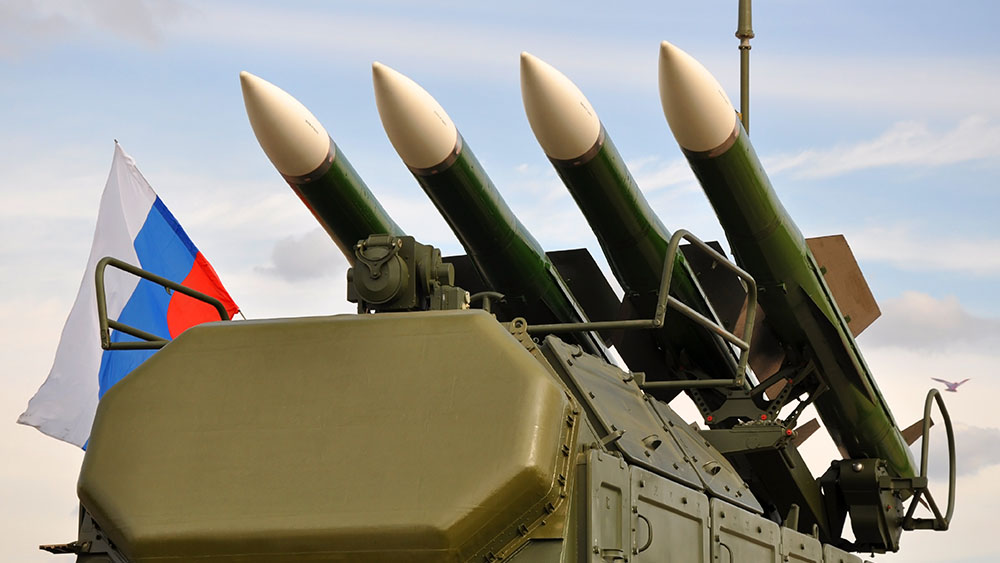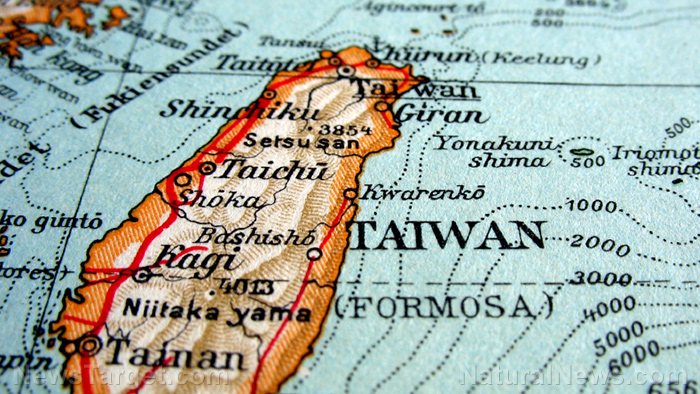
- Power outages from storms, cyberattacks or grid failures can leave families unable to cook, boil water or maintain basic comforts. A diversified off-grid cooking strategy is essential.
- Many preppers hoard gear but never use it, rendering tools useless in emergencies. Hands-on training builds muscle memory and troubleshooting skills.
- The four core off-grid cooking methods you should master include solar ovens, rocket stoves, electric appliances and traditional fuels. Redundancy ensures backup options if one fails.
- Safety is non-negotiable — carbon monoxide poisoning (from indoor flames), fire hazards and improper fuel storage can turn cooking into a deadly risk. Never leave open flames unattended.
- Seasoned preppers urge weekly practice to make alternatives second nature. Master at least two unrelated methods for resilience.
Why practice matters more than stockpiling
Many preparedness enthusiasts admit to a common mistake: hoarding gear without ever using it. Preppers typically want to have every new survival gadget but fail to recognize the importance of learning how to use them. Without mastery of these tools, they are rendered useless when disaster strikes. (Related: Health Ranger Report: Marjory Wildcraft explains why off-grid survival skills are important.) The solution is hands-on practice. Families who regularly test their off-grid cooking methods — whether through backyard campouts, weekly "no-power nights" or emergency drills — develop muscle memory and learn to troubleshoot issues before they become critical. A solar oven that works perfectly in July may need adjustments in winter. A rocket stove that burns efficiently with dry twigs might sputter with damp wood. Without prior experience, these challenges can turn a manageable situation into a frustration—or worse, a safety hazard.Four-step plan for reliable off-grid cooking
Experts recommend a layered approach, ensuring redundancy in case one method fails. (h/t to TheSurvivalMom.com)Fuel-free cooking: The solar oven
A solar oven requires only sunlight — no propane, wood or electricity. Some models can reach temperatures of 350 F or higher, sufficient for baking, roasting and slow-cooking. Even in partially shaded areas, repositioning the oven (such as on a patio roof or driveway) can maximize exposure.- Best for: Slow-cooked meals, baking and dehydrating
- Limitations: Requires sunlight; ineffective in prolonged overcast conditions or at night
Ultra-efficient fuel use: The rocket stove
Rocket stoves burn small sticks, pinecones or other biomass with remarkable efficiency. A handful of twigs can boil water in minutes. DIY versions can be made from metal cans, while commercial models offer durability.- Best for: Quick boiling, frying or heating small meals
- Limitations: Primarily outdoor use (indoor use requires ventilation to avoid carbon monoxide buildup)
Indoor safe cooking: Electric appliances and power stations
For people with a generator, solar power station or vehicle inverter, small electric appliances like a portable slow cooker or an electric skillet can be lifesavers. These devices allow indoor cooking without open flames.- Best for: Heating leftovers, cooking rice or simmering soups
- Limitations: Requires a power source; battery drain must be managed
Traditional fuel backups: Propane, charcoal and wood
Dual-fuel models can run on gasoline, while charcoal grills or fire pits (with a grill grate) offer versatility for grilling and Dutch oven cooking. (Related: Survival cooking basics: Essential gear and fuel for every scenario.)- Best for: Grilling, boiling large pots or baking with a Dutch oven
- Limitations: Fuel storage (propane, charcoal or firewood) must be maintained; outdoor use is safest
Additional methods for versatility
Beyond the core four mentioned above, other off-grid cooking options include:- Butane stoves - compact and efficient, but requires butane canisters
- Kelly kettles - boils water rapidly using twigs; doubles as a heater
- HERC ovens - uses tea lights for slow cooking or keeping food warm
- Dutch ovens over a campfire - ideal for baking bread or stews
- Wonder ovens (hot boxes) - retains heat to cook food slowly without additional fuel
Critical tools and safety considerations
No off-grid cooking setup is complete without:- Manual kitchen tools - Hand-crank can openers, grain mills and mortar-and-pestle sets
- Fire safety gear - Fire extinguishers, fire blankets and carbon monoxide detectors (essential for indoor cooking)
- Lighting - Solar lanterns or battery-powered LEDs for cooking after dark
- Fuel storage - Properly stored propane, charcoal or firewood in dry, ventilated areas
More related stories:
Survival basics: Alternative ways to cook without electricity. Survival essentials: 9 stealthy ways to cook after SHTF. Bug-out essential: Why a portable fire pit belongs in your SHTF kit. No kitchen? No problem: Portable blenders revolutionize tiny-space cooking. Sources include: Brighteon.ai TheSurvivalMom.com Brighteon.comRudy Giuliani seriously INJURED in New Hampshire crash, later discharged from hospital
By Ramon Tomey // Share
Combat wrinkles naturally with a healthy diet
By Willow Tohi // Share
America must face the looming power crisis
By Willow Tohi // Share
A viral video ignites federal firestorm over Minnesota fraud
By willowt // Share
Russia activates "unstoppable" Poseidon tsunami drone
By kevinhughes // Share
Russian FM Lavrov: Moscow will back China on Taiwan issue
By ramontomeydw // Share
The breakfast clock: Why timing your morning meal is a secret weapon against high cholesterol
By jacobthomas // Share
The Health Ranger's New Year Revolution: The ultimate guide to health, wealth and freedom
By kevinhughes // Share
"Absolute Healing" on BrightU: Experts explore COVID-19 as an engineered bioweapon
By jacobthomas // Share











